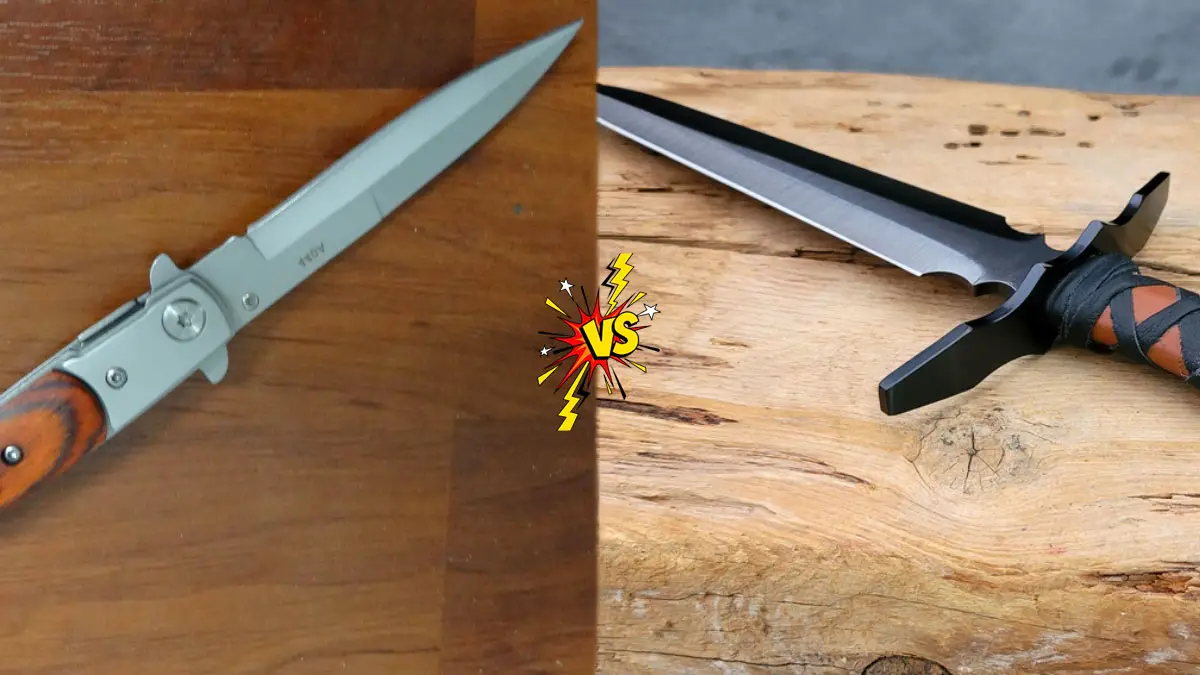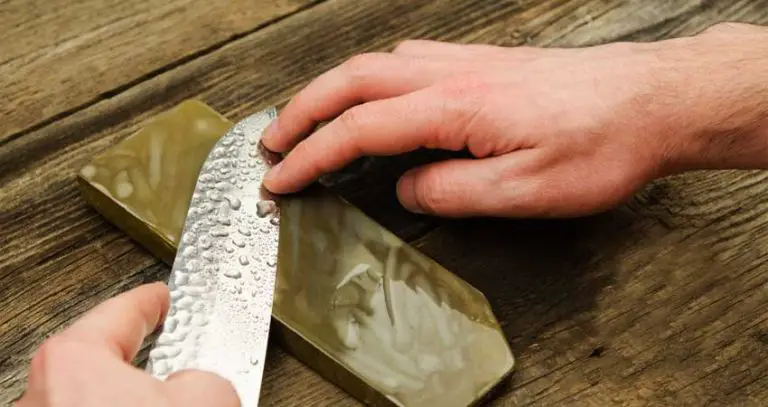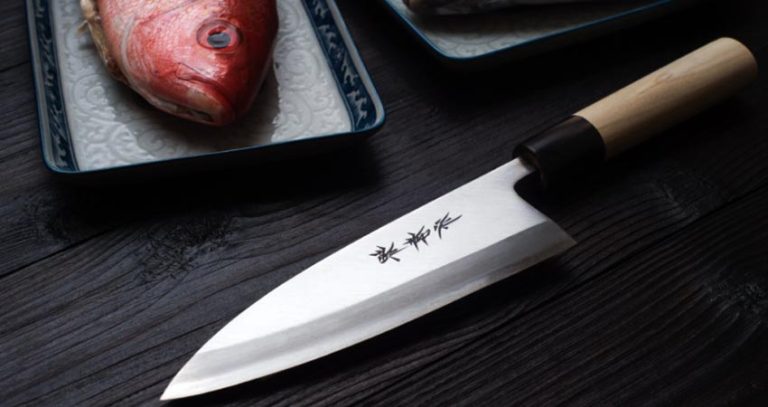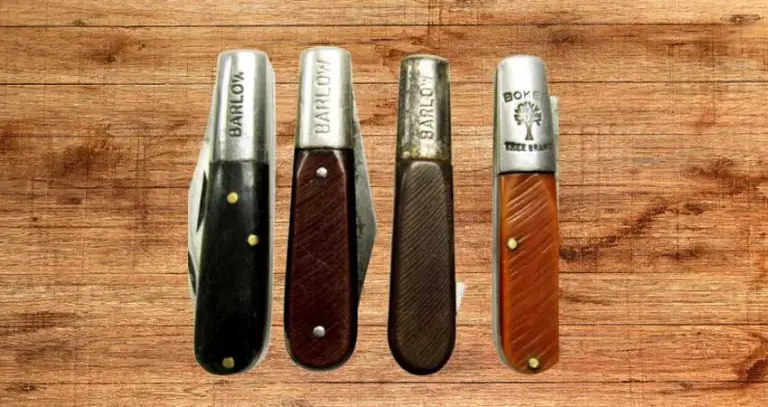Stiletto vs. Dagger/Dirk: Which One Should You Choose?
Deciding between a stiletto and a dagger can be difficult when it comes to self-defense weapons. These sharp and lethal weapons are designed to inflict serious harm on an attacker. But they have significant differences that can affect their effectiveness in different situations.
So, what is the difference between Stiletto vs. Dagger/Dirk? A stiletto is a slender, pointed knife with a long blade designed for piercing. At the same time, a dagger is a double-edged blade with a broader cross-section used for thrusting and cutting. Dirk is the Scottish name for a dagger.
Choosing between a stiletto or dagger for self-defense can be influenced by personal preference, intended use, and local laws and regulations. By the end of this article, you will better understand these two weapons.
Stiletto vs. Dagger/Dirk: Comparison Table
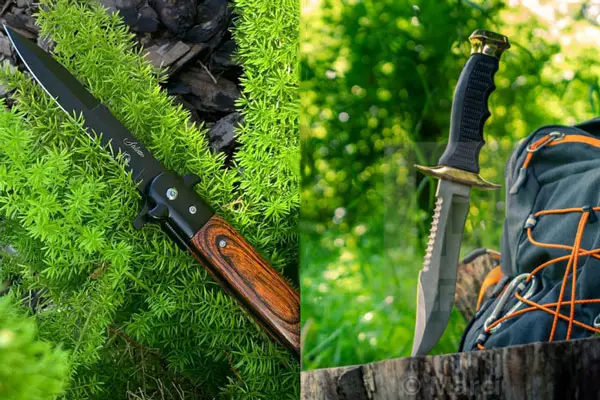
Here’s a comparison table to help you quickly compare stilettos and daggers.
| Feature | Stiletto | Dagger |
|---|---|---|
| Blade length | Typically longer and thinner | Typically shorter and thicker |
| Blade shape | Tapered to a point with a narrow cross-section | Double-edged with a wider cross-section |
| Historical usage | Primarily as a stabbing and throwing weapon for personal defense | As a thrusting and slashing weapon in combat |
| Modern usage | As a self-defense weapon and as a collectible item | As a military and tactical knife |
| Legality | Restricted in some states and countries due to their design | Legal in most places, but restrictions may apply |
Differences Between A Dagger And A Stiletto: An in-Depth Comparison
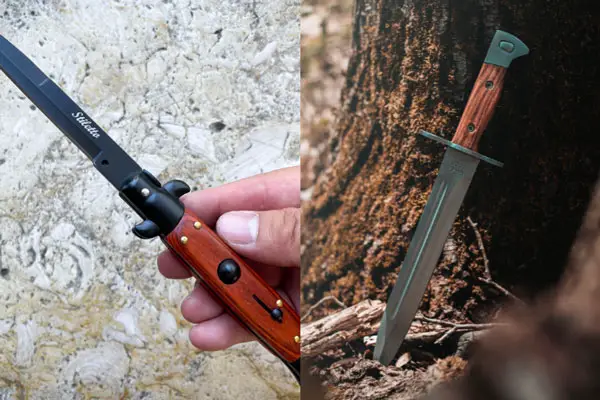
Let’s dive in and explore the differences between a stiletto and a dagger.
Blade Shape and Design
A stiletto is a long, thin blade with a tapered point to pierce armor. The blade is usually straight and can be 5 to 13 inches long. It has a very sharp point intended to penetrate deeply into an opponent’s body.
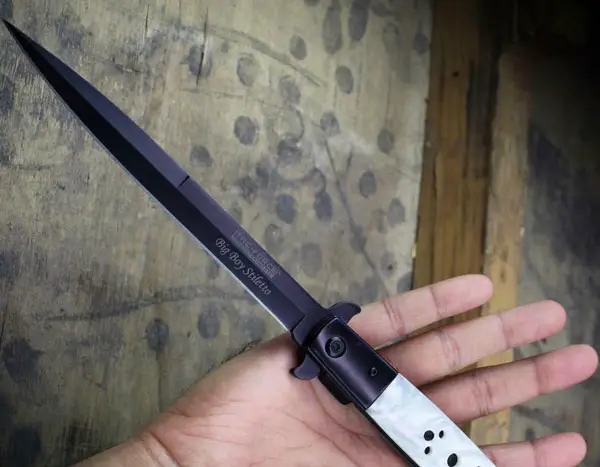
On the other hand, a dagger has a double-edged blade intended for thrusting and slicing. The blade is usually shorter than a stiletto, ranging from 3 to 7 inches. And the blade’s edges are sharpened to a fine point, making it an excellent tool for cutting soft materials.
Blade Thickness
A stiletto’s blade is typically very thin and designed for accurate and deep penetration. The blade is typically less than 1/8 inch thick and is intended to pierce armor and other hard materials.
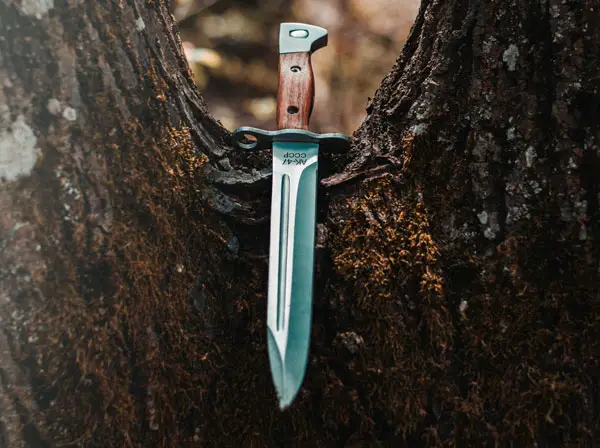
However, a dagger has a thicker blade intended for slicing and chopping. The blade can be up to 1/4 inch thick, making it more durable and resistant to the rigors of combat.
This thicker blade also allows for more powerful strikes, making it an excellent tool for cutting through tough materials such as bone.
Blade Material
A stiletto blade is made of high-carbon steel, a hard and durable material capable of holding a sharp edge. This material is excellent for piercing hard materials such as armor.
Some stilettos were also made with blades reinforced with diamond-shaped ribs, adding extra strength and rigidity to the blade without adding significant weight.
They may also be made with more exotic materials like Damascus steel- a type of steel made by layering and forging different kinds of steel together to create a unique pattern.
On the other hand, a dagger blade can be made of various materials, including high-carbon steel, stainless steel, and ceramic.
The material used depends on the dagger’s intended use. A ceramic blade, for example, would be ideal for use in a stealth mission because it does not reflect light and can be extremely sharp.
Handle Design
Stilettos have a long, narrow handle that matches the shape of the blade, allowing for a comfortable and secure grip for precise stabbing motions.
A guard may be added to the handle to protect the user’s hand and provide additional leverage for thrusting motions. Some stilettos have decorative or ornate handle designs that reflect their historical and cultural significance.
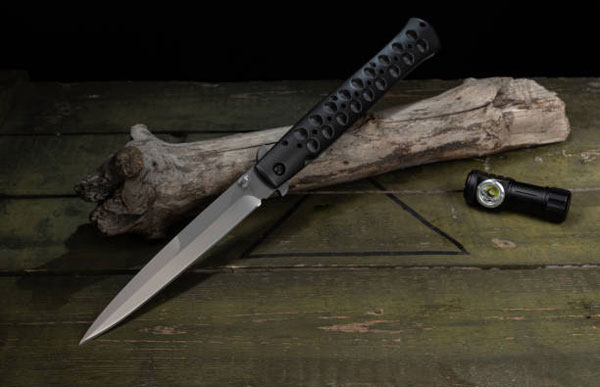
Conversely, daggers have a broader and shorter handle that allows for a more secure grip when slashing and cutting. The handle may be curved or angled to improve the user’s grip and control during combat.
A guard may also be included in the handle to protect the user’s hand from the blade and to provide additional leverage for thrusting motions.
In modern times, stilettos and daggers may have ergonomic handles made of rubber, polymer, or other synthetic materials. These materials provide a comfortable and secure grip even in wet or slick conditions.
Historical Origins
Stilettos were invented in Italy during the Renaissance period (14th to 17th centuries). And they were primarily used for personal defense and political assassination by nobles and assassins.
The stiletto was designed to pierce the upper class’s heavy clothing and armor. And its long, thin blade made it an ideal weapon for quick, decisive thrusts.
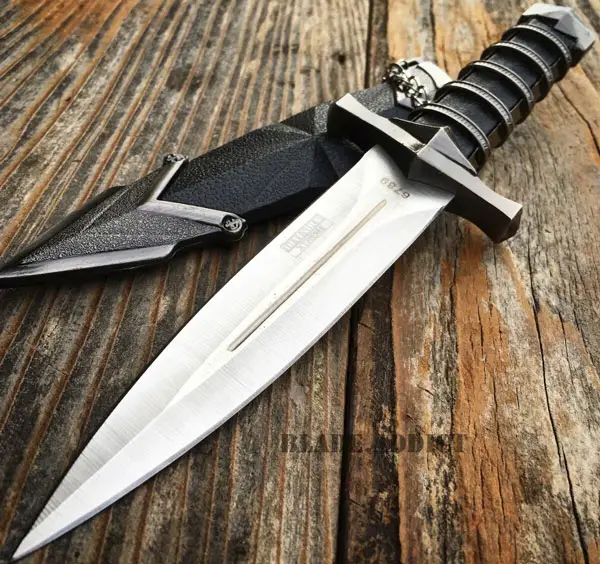
On the other hand, daggers have a longer history than stilettos and have been used throughout history by various cultures. Ancient civilizations such as the Greeks, Romans, and Egyptians used daggers for close combat and hunting.
Knights and soldiers also used them as secondary weapons during the medieval period.
Modern Usage
Stilettos are now mainly used as self-defense weapons and as collectibles. Because of their historical significance and unique design, they are popular among collectors and enthusiasts.
Daggers are still used in the military and as tactical knives today. Soldiers and law enforcement personnel frequently use them as backup weapons or utility knives.
Legality
The legality of stilettos and daggers varies by state or country. Stilettos are classified as illegal weapons in some places due to their design and potential for harm. In other areas, they may be legal to own but not to use.
Daggers are generally legal in most places, but their use may be restricted in certain circumstances, such as schools or government buildings.
FAQs
Here are some other related questions about Stiletto vs. Dagger/Dirk that you might be interested in.
Q: Which is more effective, a stiletto or a dagger?
The effectiveness of a stiletto or a dagger depends on the situation and the user’s skill level. Stilettos are better for stabbing and puncturing, while daggers are better for slashing and cutting.
Q: How do you properly maintain a stiletto or dagger?
It is essential to keep the blade clean and dry after each use. Wipe the blade with a clean cloth and apply a thin layer of oil to prevent rust and corrosion.
Avoid storing the stiletto or dagger in a damp or humid environment, as this can damage the blade and handle. It is also important to sharpen the blade regularly to maintain its effectiveness.
If the handle becomes loose or damaged, it should be repaired or replaced immediately to prevent accidents.
Conclusion
Stilettos and daggers are both lethal weapons that have been used for self-defense and combat for centuries. While they share some similarities, they differ significantly in design, historical usage, modern usage, and legality.
So, the choice between a stiletto and a dagger ultimately comes down to personal preference and intended use. By understanding the differences between these two weapons, you can decide which one is best for your needs.

